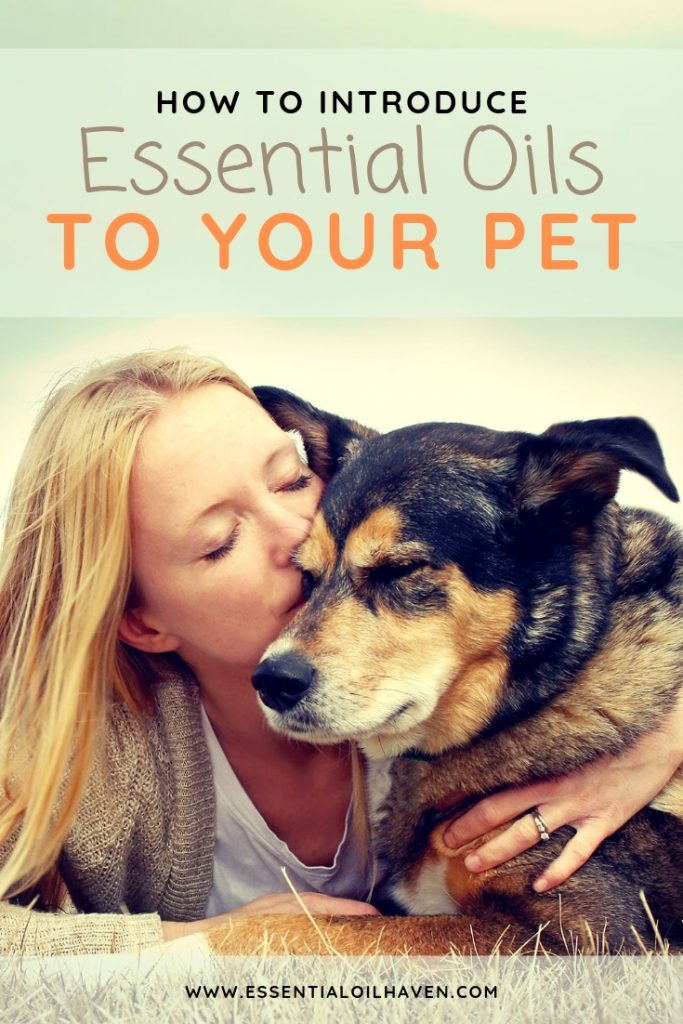 Have you ever considered using essential oils on your pets? Aromatherapy oils can be useful and healthy for pets just the same way humans benefit from oils. Since you may already have essential oils in your home, moving towards natural aromatherapy treatment for pets may be an easy next step for you.
Have you ever considered using essential oils on your pets? Aromatherapy oils can be useful and healthy for pets just the same way humans benefit from oils. Since you may already have essential oils in your home, moving towards natural aromatherapy treatment for pets may be an easy next step for you.
How to Use Essential Oils On Your Pet
- Stay Safe. Consult your veterinarian and know the total health status of your pet before applying any form of natural at-home treatment. Book a regular routine check-up to ensure your pet isn’t suffering from any hidden conditions that could cause adverse reactions to your aromatherapy efforts.
- Know Your Animal. It is crucial that you know your animal before you try aromatherapy on him or her. This will aid in determining behavioral changes or other possibly strange things going on with your furry friend. Each animal will have its own way of reacting to the essences of the oils. Just like our human body chemistry is individual, so is your pet’s.
- Know Your Oils. To ensure you administer safe aromatherapy treatment on your animal friend(s), first find out which essential oils are suitable for them. Be careful! Some oils are poisonous to some pets. Research the specific oil you’re thinking about in-depth before exposing your pet to it. Sadly, pets can’t talk to us through language and if an oil burns their skin or makes them feel nauseous, they can’t tell you with words.
- Know Your Purpose. Once you’ve determined the essential oil is safe to use, you can treat skin diseases, strange behaviors, or even prevent tick and flea infections. Essential oils can be super handy to naturally aid your furry friend towards better overall well-being, in the most natural way. A specific treatment action plan will help you troubleshoot (if needed), in the most educated ways.
Two examples of pets that can appreciate the therapeutic effects of essential oils, mostly without adverse effects on their well-being, are dogs and cats. Let us examine the possible reactions of these animals to essential oils.
Dogs and Essential Oils
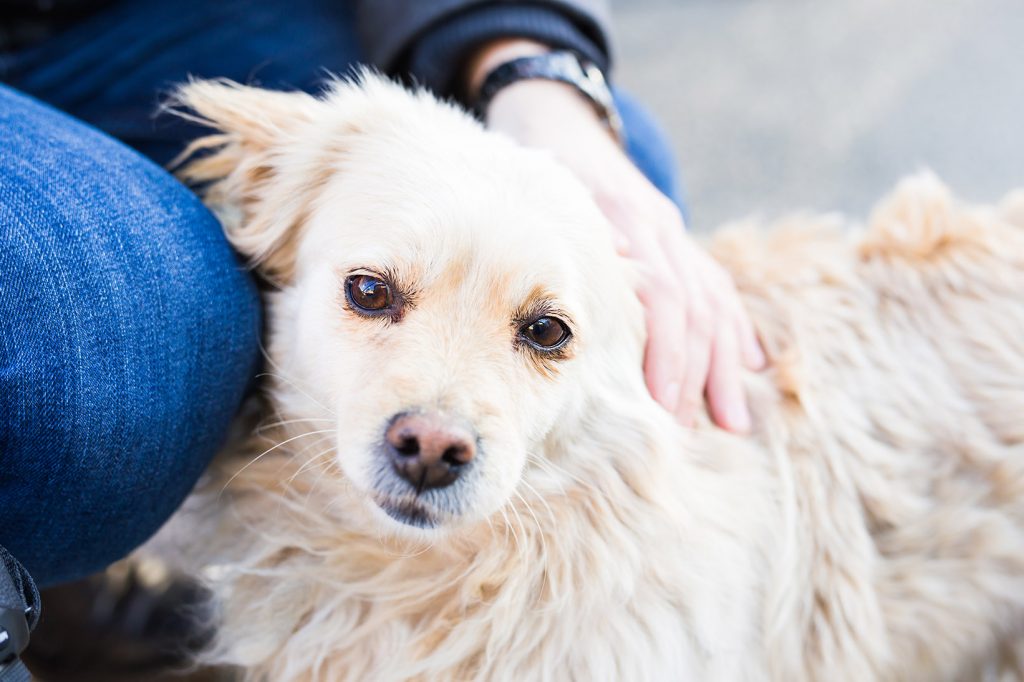
Dogs can benefit from the natural power of essential oils.
This post contains affiliate links, which means if you make a purchase through these links, I may receive a small commission at no extra cost to you. Read my full disclosure policy here.
Dogs can benefit from essential oils for maintaining good overall health, handling aggressive behavioral traits, and treat restlessness induced by post-traumatic stress disorder (PTSD) ¹.
Itching, burns, and other bodily injuries can be treated by diffusing your oils. Research has proven that you can improve the body odor of your canine friend by applying essential oils with adorable fragrances on them. But please avoid these oils that are toxic do dogs! For further clarifications, you can consult your vet for assistance and prescriptions.
Ingestion of essential oils by your dogs through foods or water is not advisable, no matter the condition. If you are applying the oils topically on the animal, do not apply around the genitals, eyes, noses, and ears, especially lactating pets. Further, puppies below ten weeks old should never receive aromatherapy treatment.
Diffuse essential oils cautiously when your dog is around the home to avoid health challenges because most oils are harmful to your canine friends.
A vital note here is that you should use the best brands of essential oils on your pets to prevent undesirable or unforeseen outcomes. If you’re unsure about the quality of oils, don’t use them on your pet!
Recommended Dilution Rates for Essential Oils on Dogs or Horses
Essential oils should not be used with animals under 10 weeks old.
- Dogs 25 lbs or less: 0.25-0.5% dilution
- Dogs 25 lbs to 50 lbs: 0.5-0.75% dilution
- Dogs more than 50 lbs: 0.75%-1% dilution
- Horses: 1-2% dilution
Always start with the lowest recommended dilution before adding more as needed. Wondering how to calculate these percentages? See our Dilution Rates Guide for Beginners.
Plant Therapy’s Safe Essential Oils for Dogs and Horses
One of my favorite essential oil brands, Plant Therapy, has recently launched an essential oil line-up specifically crafted for dogs and horses. If you’re unsure where or how to start with essential oils for your pet, go with these sets. You’ll be receiving an information pamphlet along with your purchase.
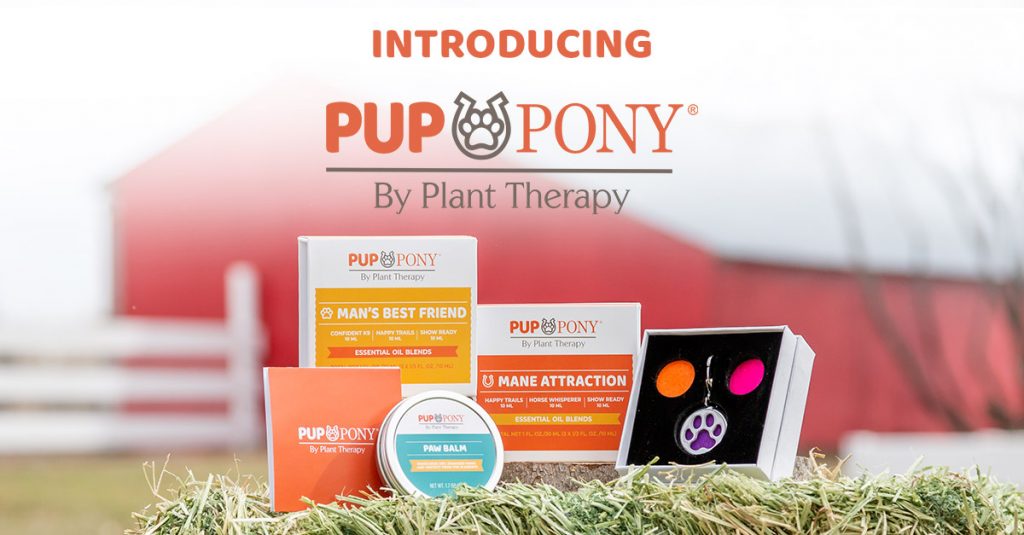
PupPony is Plant Therapy’s NEW line of safe essential oils for your dogs and horses.
Shop Here
Pup & Pony Products are intended to be used with dogs and horses. Do not diffuse near or use these blends topically on cats, birds, aquatic animals, rodents, etc.
Cats and Essential Oils
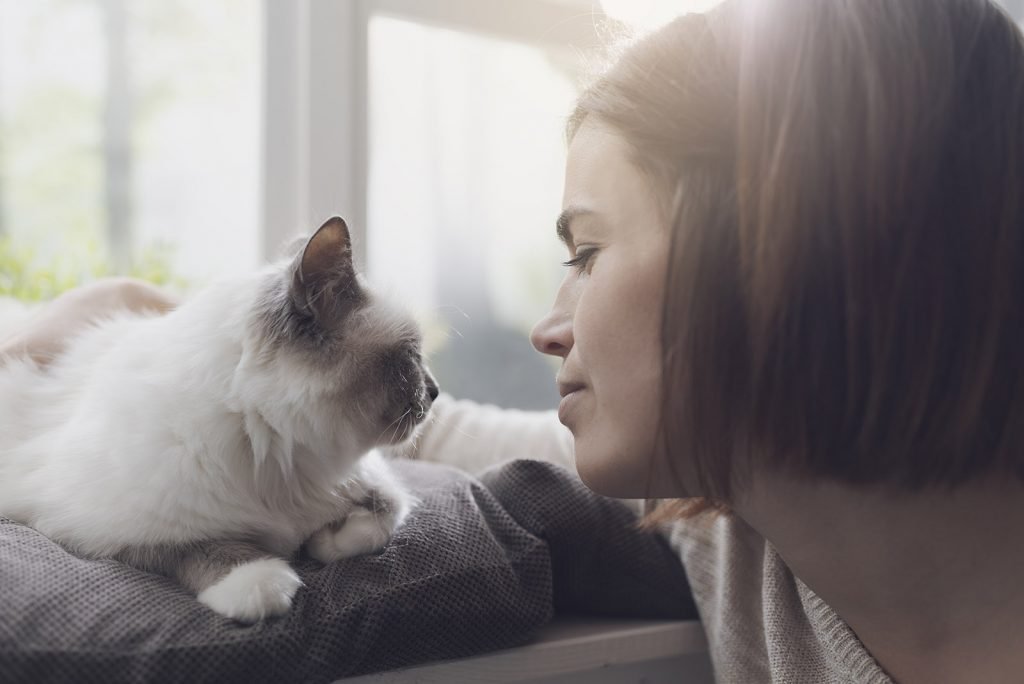
Stay safe with essential oils use around your cat.
Your cat’s nostrils have superior sensory neurons, enabling it to identify fragrances more than humans’ nasal sensitivities. This means that an essential oil appearing mild and calm to you may be unbearable and harmful to your pet. Essential oils are used in handling several ailments in cats, but you should apply them on your cat with caution.
Applying aromatherapy oils on the body of your feline friend is more hazardous than any other method of administration. This procedure depends on peculiar chemical substances and the quality of oil at hand. Diffusing essential oils in a room where your cat usually visits is safer than applying directly on its body.
If you are using essential oils as body care products like creams and lotions, exercise caution because your cat may lick your skin and that may cause poisoning.
Benefits of Using Essential Oils on Pets
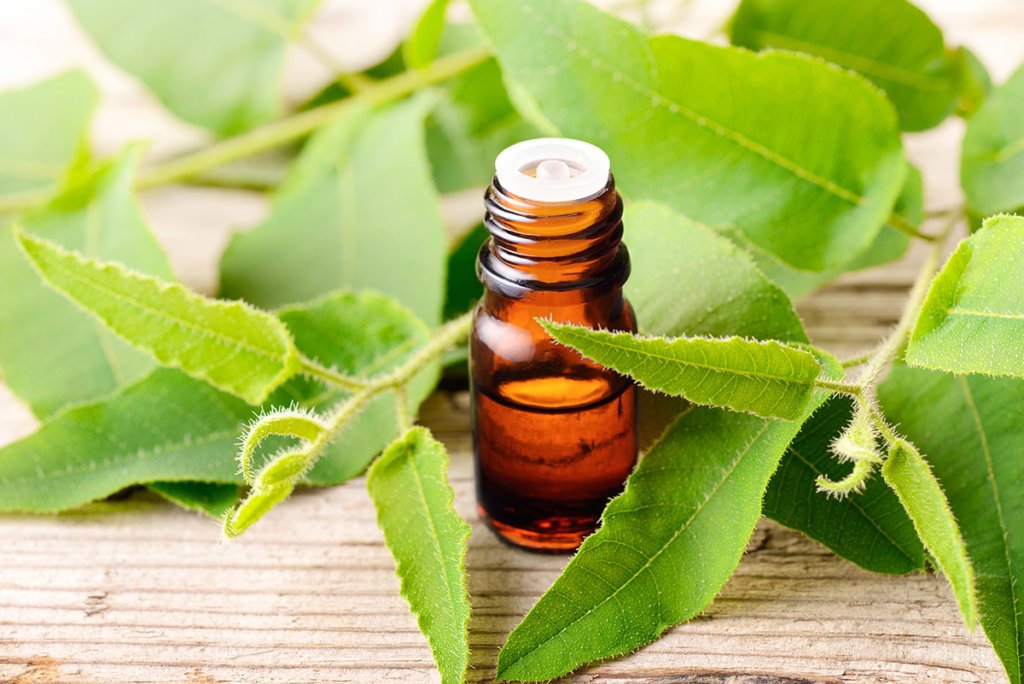
Eucalyptus Essential Oil and the Plant’s Fresh Leaves
Proper administration of essential oils on your pets has various benefits, such as:
- Handling cases of inflammation, itchy, and dry skin in the animals.
- Useful for repelling bugs, fleas, ticks, and other insects from the pets.
- Essential oils serve as air fresheners for pet odors if diffused around your animals.
- Kicking out shyness from your pets such as the cats by using essential oils.
- Treating digestive problems.
- Detoxification of the animals’ body systems since aromatherapy oils has anti-fungal and antibiotic properties.
- Functioning as antidepressants and anti-stressors in pets, especially your feline friends.
- Improves breathing.
- Essential oils help in calming aggression and irritability in dogs.
- Do not put essential oils in your pet’s drinking water or food, except by the instruction of your vet.
How to Use Essential Oils on Your Pets
Using essential oils on your pets can help keep your loved friend healthy. Diluting these oils before the application is highly recommended because most of them could be harsh and harmful to your pets. You can do this in various ways such as:
- By Diffusion: One of the most effective ways of applying essential oils on your pets is by diffusion, because the effective concentration that makes it into their blood stream will be quite low. This process involves spreading of oils into the air by using a diffuser. If you are using an aromatherapy diffuser around the home, your pets are part of that and will be affected. Therefore, exercise caution at all times. Various diffusers are available on the market like nebulizing diffusers, heat diffusers, ultrasonic diffusers, and passive diffusers.
- By Topical Application: Always remember to use diluted essential oils on your pets and apply on selected areas on their bodies ONLY. Recommended areas include the back of their neck, chest, upper inner foreleg, and abdomen. Although, animals with long ears may shake their heads and the oil gets into their eyes. Therefore, do not use on pets with long ears. ²
- Spritz with Essential Oils: You can spritz essential oils on your pets after diluting with water in a spray bottle. This method is useful for treating birds and large animals that may be difficult to handle.
More Tips and Precautionary Measures for Applying Essential Oils on Pets
Essential oils are valuable for vibrant health to both humans and pets. The following tips will help safeguard your lovely animals from undesirable results with home aromatherapy:
- Dilute essential oils before applying on your pets.
- Never use aromatherapy oils on your pets during their gestational period and on lactating moms.
- Ingestion of essential oils through food and water should be avoided.
- Adopt a conservative approach if you want to administer essential oils on smaller and senior pets.
- Essential oils applied on the skin as body care products like creams and lotions are potentially harmful to your pets since they can lick your body during contact with you.
- Observe your pets carefully while administering aromatherapy oils to detect behavioral changes.
- Keep oil bottles out of reach of the animals and avoid contact with their genitals, paws, eyes, nostrils, and mouth.
- Understand the health condition of your lovely animals before using essential oils on them.
- Watch out for signs of weaknesses, behavioral changes, nausea, diarrhea, drooling, constipation, coughing, wheezing, difficulty in breathing, and digestive problems suggestive of essential oil poisoning and consult your veterinarian immediately.
In Summary
I hope you’re not afraid to start using essential oils on your pets. While there are precautions, it’s like with everything in life: know before you go! Every pet is uniquely different, and I am sure that after a bit of reading, you’ll have crafted individual aromatherapy recipes for him or her in no time! If you want a recommendation for a good further read, I can recommend Kristen Leigh Bell’s Holistic Aromatherapy for Animals. The author has been on the forefront of the use of aromatherapy with animals for over 15 years.
Questions?
Please post in the comments below.
References
¹ https://draxe.com/essential-oils/essential-oils-for-pets/
² https://naturallivingfamily.com/essential-oils-for-dogs/




Emma,
Thanks for the nice article on essential oils and pets! My wife and I have been discussing this recently. At this point, we use a diffuser, and, frankly, use it for our benefit, but we also don’t want to harm our dogs. Heck, if we can use it to help keep the pack calm, all the better! The quick glance around the web that I did doesn’t come close to the level of actual research, but I found some conflicting opinions about which oils are harmful to pets and which are beneficial. In your research for the article, did you come to any general consensus on which oils go on which lists? Meanwhile, we are cutting back our diffuser use to the safest of the safe oils… Thanks for any info and insight you might be able to provide!
Henry